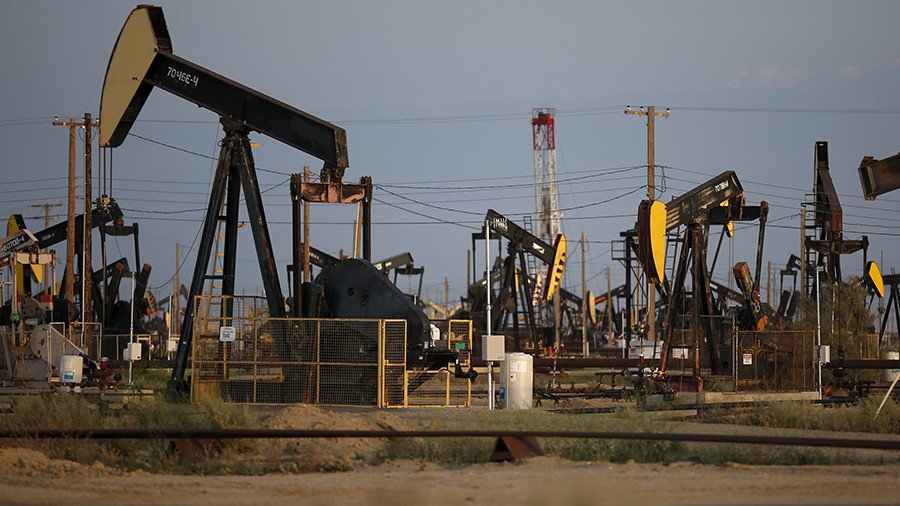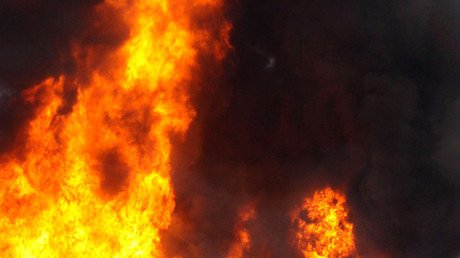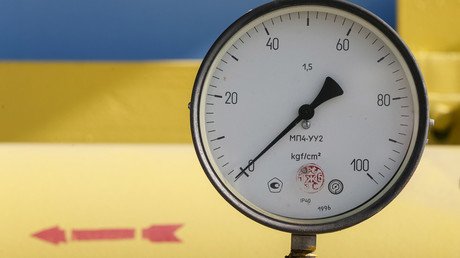Oil hovering near 2.5-yr high as investors remain bullish

US crude benchmark West Texas Intermediate (WTI) hit $60 per barrel for the first time since June 2015. The oil market is continuing its steady recovery since the price crash three years ago.
Brent crude was trading at $66.80 per barrel on Wednesday, down 22 cents after breaking through the $67 level for the first time since May 2015. WTI dropped just below the $60 mark it reached in the previous session.
“There has been no significant news from the oil market, but investors have gradually pulled prices upward. Some analysts associate the surge with the general trend of strengthening of the market after the extension of the OPEC+ agreement,” Peter Trust analyst Ilya Bogdanov said in a statement e-mailed to RT.
Sukrit Vijayakar, director of energy consultancy Trifecta, links the surge in oil prices to an explosion at a Libyan pipeline.
“Crude spiked sharply in reaction to an explosion at a Libyan pipeline...(but) the price spike came with light volumes as London was closed for Boxing Day,” said Sukrit Vijayakar, director of energy consultancy Trifecta, quoted by Reuters.
The blast resulted in a 90,000 barrels per day loss of production for Libya. However, this volume is insignificant compared to overall OPEC production.
Data from the US Energy Information Administration (EIA) says that following the global oversupply in 2015, oil markets gradually came into balance by 2016 and saw a slight supply deficit in 2017, resulting in a reduction of global fuel stockpiles.
At the same time, the US oil production has surged over 16 percent since mid-2016, and could soon reach 10 million barrels per day, which can be a threat to the newly found balance on the market. Only Russia and Saudi Arabia produce more.
For more stories on economy & finance visit RT's business section
















